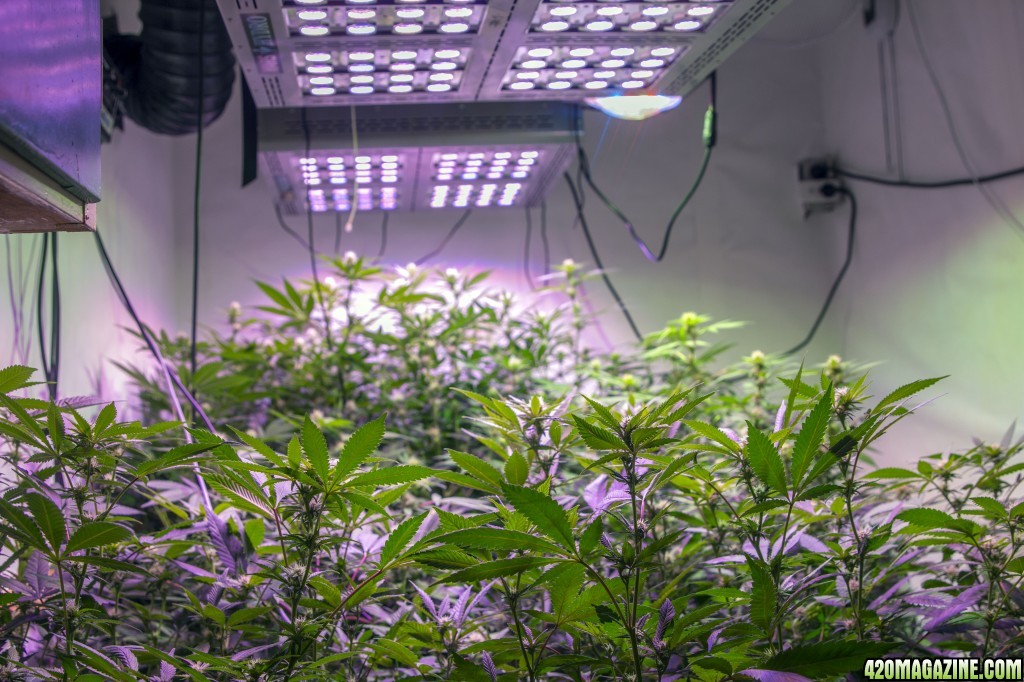- Thread starter
- #35,741
Mars Hydro
420 Sponsor
So many lamps, you must be the one who has most lights of our company, of course except me

They're looking great! What strain is it Indy?
I indeed do have some lamps.
In 2015 I bought the first pro series. Mars Pro Epistar 160. For a small 80x80x160 tent. Programmable spectrum, timer, remote control. Very cool lamp.
Then in 2016 I bought 3x Mars Pro II Epistar 320 to build my main-room. 2 of them is in use and one is the spare lamp in case anything breaks. And when you grow as much as me, something will break so I try to keep doubles of as much as I can afford really
Then early this year I won the Third Mars Hydro cup and won 4x Mars Pro II Epistar 80 & 4 60 cm grow-bars. Really cool stuff. They even gave me a tent for it.
Then this summer I won the COB as you already know.
So indeed I do have quite a few lamps.
The COB is so cool. Am definitely going to buy 2-3 more of those for my main-room






 Kill kill kill! Kill for Satan!
Kill kill kill! Kill for Satan!



 I will keep you all update
I will keep you all update


